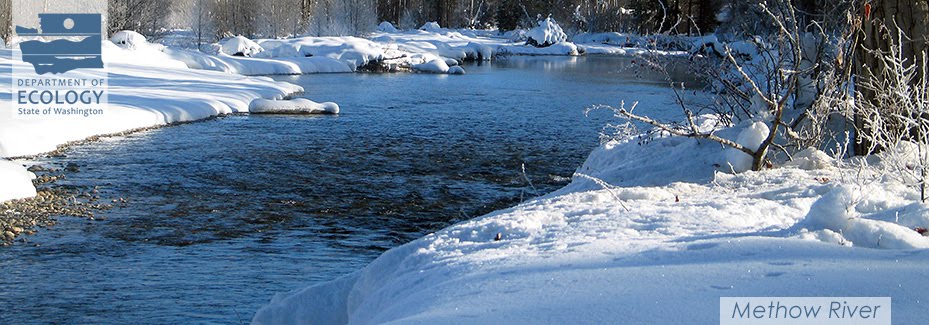 |
| Boeing
Auburn groundwater contamination plume |
Co-managers, Boeing Auburn cleanup site
Ecology is overseeing a study by The Boeing Company and its contractor to see whether a process called bioremediation might be an effective part of cleaning up contaminated groundwater in Algona and Auburn.
Water that flows under the ground through the soil beneath parts of the two cities is contaminated with a solvent called trichloroethene (TCE), also called trichloroethylene, and its breakdown products. It is believed that these chemicals originated from the Boeing Auburn facility between the 1960s and 1980s. The contaminated groundwater, called a plume, flows north and northwest away from the Boeing property into portions of southwest Auburn and northeast Algona. The plume extends just over a mile from Boeing’s property.
A microbial feast – at first
 |
| A technician injects "feed" for natural soil bacteria. |
This process eventually breaks down the contaminants into simpler, less toxic, compounds. Groundwater will be sampled downstream from the injection wells. The results will indicate whether this cleanup method can work for this site.
Can it work here?
Bioremediation is a proven cleanup method, but usually where TCE and its breakdown products are at very high levels; easy pickings for the microbes, if you will. In fact, Boeing used this technology to clean up a highly contaminated area on its property in 2004 and 2005.
The plume of groundwater contamination in Algona and Auburn outside of Boeing’s property contains very low levels of the chemicals involved. This pilot study will help Ecology evaluate whether bioremediation can work with contaminants at such low concentrations.
 |
| Microbe candy smells a bit like oranges. |
The plume of groundwater contamination in Algona and Auburn outside of Boeing’s property contains very low levels of the chemicals involved. This pilot study will help Ecology evaluate whether bioremediation can work with contaminants at such low concentrations.
A step toward cleanup
The pilot study is part of a larger process to evaluate the feasibility of cleanup options for the plume. And, the plume itself has been under study since 2002 to determine the full extent of its location and depth. All of this will help Ecology propose a final cleanup plan for the plume, expected in 2017.To learn more about this cleanup, please visit our website

No comments:
Post a Comment